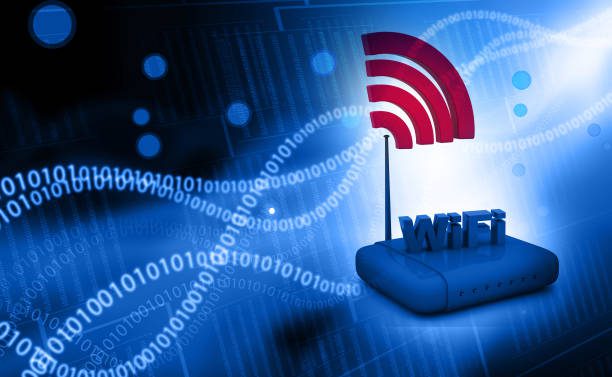IoT, or the Internet of Things, is a system of interconnected devices and sensors that collect and share data about themselves and their surroundings. Each device is equipped with a unique identifier and is able to communicate with other devices over a network, typically the Internet.
IoT devices can range from simple sensors to more complex devices such as connected cars and smart homes. The data collected by IoT devices can be used to track and manage assets, monitor environmental conditions, and much more.
There are many different types of IoT wireless technologies, each with its own advantages and disadvantages. Pros include connecting with people and playing classics like slot online gacor. In this article, we’ll take a look at six of the most common IoT wireless technologies.
1. Bluetooth
Bluetooth is a short-range wireless technology that is commonly used in IoT devices. Bluetooth has a range of up to 100 meters and can be used to connect devices that are close to each other.
Bluetooth is a low-power technology that doesn’t require a lot of battery power to operate. However, Bluetooth has a relatively low data rate and is not well suited for high-bandwidth applications.
2. Zigbee
Zigbee is a short-range wireless technology that is similar to Bluetooth. Zigbee has a range of up to 100 meters and can be used to connect devices that are close to each other.
Zigbee is a low-power technology that doesn’t require a lot of battery power to operate. Zigbee is well suited for applications that require a low data rate and can tolerate some delays in data transmission.
3. LPWANs
LPWANs, or Low-Power Wide-Area Networks, are long-range wireless technologies that can be used to connect devices that are far apart from each other. LPWANs have a range of up to 10 kilometers and can be used to connect devices that are spread out over a large area.
LPWANs are low-power technologies that don’t require a lot of battery power to operate. LPWANs are well suited for applications that require a low data rate and can tolerate some delays in data transmission.
4. Wi-Fi
Wi-Fi is a short-range wireless technology that is commonly used in IoT devices. Wi-Fi has a range of up to 100 meters and can be used to connect devices that are close to each other. From shopping to slot gacor online, many things are possible through Wi-Fi.
Wi-Fi is a high-power technology that requires a lot of battery power to operate. Wi-Fi is well suited for applications that require a high data rate and can tolerate some delays in data transmission.
5. Cellular
Cellular is a long-range wireless technology that can be used to connect devices that are far apart from each other. Cellular has a range of up to 10 kilometers and can be used to connect devices that are spread out over a large area.
Cellular is a high-power technology that requires a lot of battery power to operate. Cellular is well suited for applications that require a high data rate and can tolerate some delays in data transmission.
6. Satellite
Satellite is a long-range wireless technology that can be used to connect devices that are far apart from each other. Satellite has a range of up to 100 kilometers and can be used to connect devices that are spread out over a large area.
Satellite is a high-power technology that requires a lot of battery power to operate. Satellite is well suited for applications that require a high data rate and can tolerate some delays in data transmission.
7. Zigbee and Other Mesh Protocols
Zigbee is a short-range wireless technology that is similar to Bluetooth. Zigbee has a range of up to 100 meters and can be used to connect devices that are close to each other.
Zigbee is a low-power technology that doesn’t require a lot of battery power to operate. Zigbee is well suited for applications that require a low data rate and can tolerate some delays in data transmission.
8. NFC
NFC is a short-range wireless technology that is similar to Bluetooth. NFC has a range of up to 100 meters and can be used to connect devices that are close to each other.
NFC is a low-power technology that doesn’t require a lot of battery power to operate. NFC is well suited for applications that require a low data rate and can tolerate some delays in data transmission.
9. WSN
WSN is a short-range wireless technology that is similar to Bluetooth. WSN has a range of up to 100 meters and can be used to connect devices that are close to each other.
WSN is a low-power technology that doesn’t require a lot of battery power to operate. WSN is well suited for applications that require a low data rate and can tolerate some delays in data transmission.
There are many different types of IoT wireless technologies, each with its own advantages and disadvantages. In this article, we’ve looked at 9 of the most common IoT wireless technologies.











